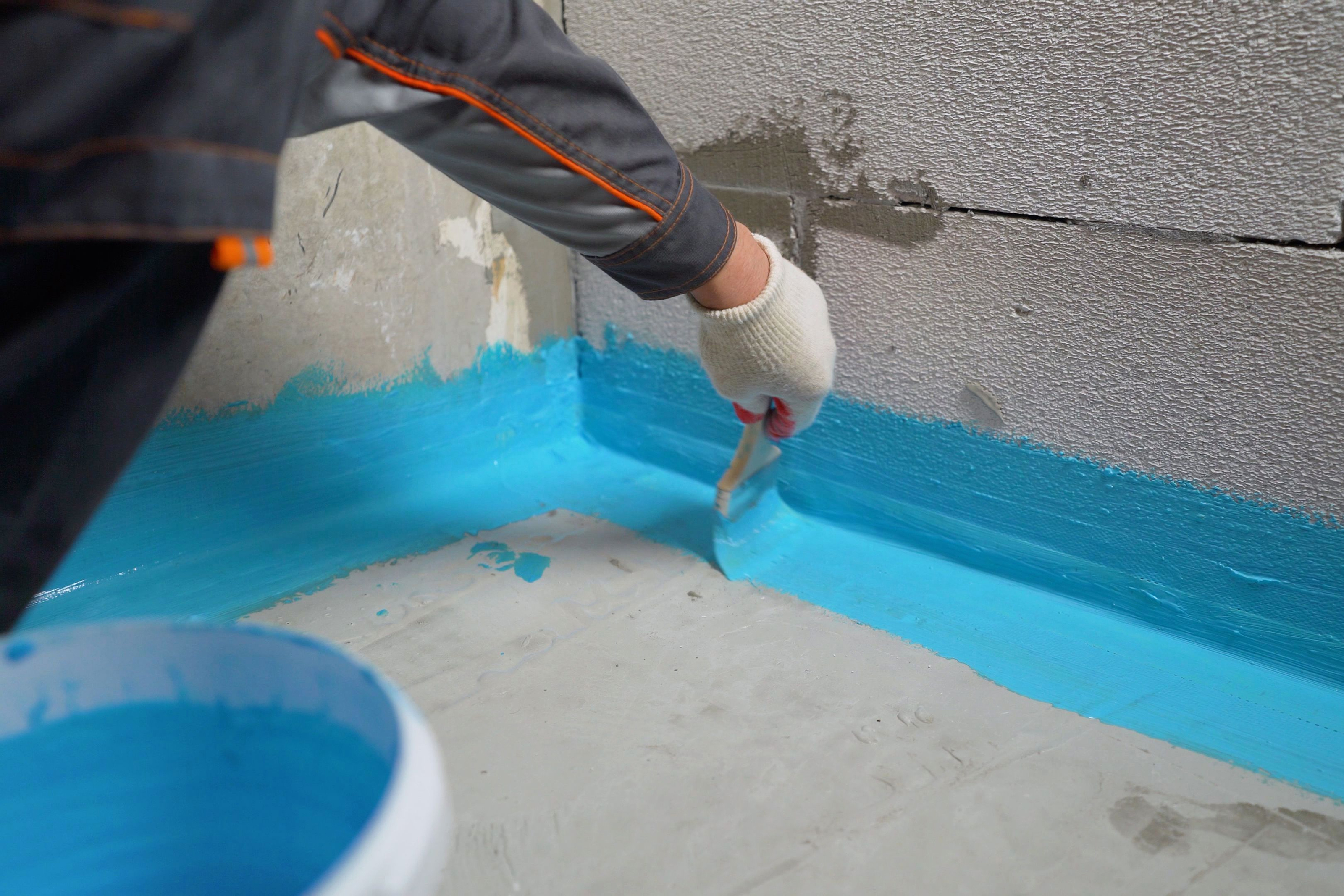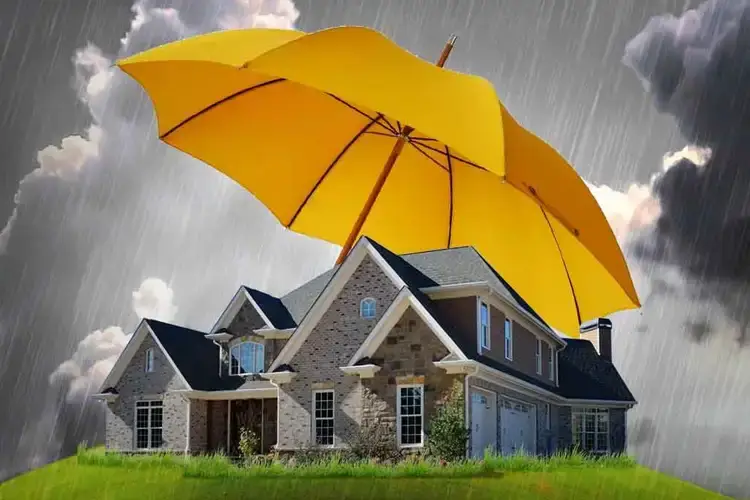How Waterproofing Functions: A Thorough Take A Look At Methods and Technologies
Waterproofing is vital for safeguarding frameworks from moisture-related damage. It involves different techniques and technologies that produce obstacles against water intrusion. Conventional techniques, such as compacted clay, exist together with modern advancements like liquid-applied membranes. Recognizing the nuances of these methods is vital for efficient application. However, the performance of any type of waterproofing service pivots not just on the techniques used however additionally on ongoing maintenance and assessment. What are the crucial aspects that influence long-lasting efficiency?
Comprehending the Fundamentals of Waterproofing
Waterproofing is an essential procedure that safeguards structures from water invasion, which can result in considerable damage in time. This approach entails the application of various products and techniques developed to develop an obstacle versus wetness. The main objective is to avoid water from permeating surface areas, which can cause deterioration, mold development, and structural instability.Various aspects affect the choice of waterproofing method, including the kind of framework, its area, and ecological problems. Understanding the physics of water movement and the residential properties of different materials is important in picking an effective waterproofing solution.Effective waterproofing not only safeguards structures but likewise improves their durability and honesty. Commonly, it is incorporated into the design phase of building and construction to ensure detailed protection. As recognition of water-related issues grows, the importance of understanding waterproofing basics comes to be progressively clear to architects, building contractors, and home proprietors alike.
Conventional Waterproofing Approaches
Standard waterproofing techniques have actually been used for centuries, relying upon time-tested techniques and materials to safeguard structures from water damages. One of the oldest techniques entails making use of clay, which, when compressed, develops a natural barrier versus moisture. Additionally, asphalt, a sticky, black product originated from petroleum, has actually been used for its water-resistant buildings, commonly applied to roofings and foundations.Another method involves the application of lime-based plasters, which offer a breathable layer that allows moisture to leave while protecting against water access. Thatch roofing, a conventional approach still seen in some cultures, uses exceptional waterproofing as a result of its firmly loaded straw layers.Moreover, making use of rock and brick has actually been noticeable, as these products are inherently resistant to water when properly mounted. On the whole, traditional waterproofing methods emphasize the relevance of choosing ideal products and building techniques to boost durability versus water intrusion.
Modern Waterproofing Technologies
Advancements in contemporary waterproofing innovations have actually changed the means structures are safeguarded from water damages. Ingenious techniques such as liquid-applied membranes and sophisticated sealants have boosted the efficiency and convenience of waterproofing services. These technologies permit smooth application, decreasing the threat of leaks and ensuring extensive protection over complicated surfaces.Moreover, the assimilation of smart innovations, such as moisture sensing units and automated tracking systems, enables real-time evaluation of waterproofing performance. This aggressive approach assists in timely maintenance and minimizes lasting fixing costs.Additionally, improvements in spray-applied coatings offer quick application and exceptional adhesion, adjusting to different substratums while giving robust protection. Methods like polymer-modified systems better enhance adaptability and durability, making them ideal for varied atmospheres. Overall, modern waterproofing technologies not only minimize water intrusion yet additionally add to the durability and sustainability of frameworks, noting a substantial shift in the sector.
Materials Utilized in Waterproofing
The effectiveness of waterproofing services heavily counts on the materials utilized in their application. Numerous materials are employed to develop obstacles against water access, each with one-of-a-kind buildings suited for various environments. Commonly utilized materials consist of membrane layers, finishes, and sealants.Liquid-applied membranes, often made from polyurethane or acrylic, develop a seamless barrier that adjusts to complicated surface areas. Sheet membrane layers, typically constructed from rubber or polycarbonate, offer sturdiness and are optimal for bigger areas. In addition, cementitious waterproofing products, composed of cementitious compounds, provide excellent bond and flexibility.Sealants made from silicone or polyurethane are vital for joints and joints, making sure thorough security. Advanced products, such as geo-composite membranes, incorporate multiple features, enhancing performance. Overall, the choice of waterproofing materials is crucial in accomplishing durable and effective water resistance, customized to particular task needs and environmental problems.
Usual Applications of Waterproofing
Waterproofing plays a vital role in various markets, ensuring the durability and stability of structures. Typical applications consist of household solutions that safeguard homes, commercial infrastructure that safeguards organizations, and industrial setups that call for robust security versus moisture. Comprehending these applications highlights the importance of waterproofing in maintaining both safety and security and functionality throughout various investigate this site settings.
Residential Waterproofing Solutions
Several property owners face challenges with wetness intrusion, making reliable household waterproofing remedies crucial. Different approaches exist to resolve this issue, consisting of inside and exterior waterproofing systems. Inside remedies usually entail the application of sealants and finishes to basement walls, which help protect against water infiltration. Outside techniques generally consist of the setup of drainage systems and water resistant membrane layers that divert water far from the foundation.Additionally, property owners might think about sump pumps to get rid of water buildup and dehumidifiers to control moisture degrees. Appropriate grading and the use of gutters additionally play a vital role in managing water flow around the home. By implementing these techniques, house owners can substantially reduce the threat of water damages and mold growth, guaranteeing a dry and secure living atmosphere.

Business Framework Security
Efficient waterproofing solutions play an important role in the protection of business infrastructure. Sump pump discharge drainage Omaha. These methods are crucial for safeguarding buildings, car parking frameworks, and bridges from water damages, which can jeopardize architectural stability and result in costly fixings. Usual applications consist of the installation of membrane layers, layers, and sealers that create obstacles against wetness seepage. Areas such as basements, roofs, and outside wall surfaces are commonly focused on to ensure long life and longevity. In addition, waterproofing systems can enhance power effectiveness by protecting against water-related concerns that might result in mold growth and deterioration. By implementing durable waterproofing steps, homeowner can shield their financial investments and keep operational effectiveness, ultimately adding to the general sustainability of commercial centers
Industrial Applications Review
While various industries encounter one-of-a-kind challenges, the demand for reliable waterproofing remedies stays a continuous in commercial applications. Industries such as production, building, and power commonly experience atmospheres where moisture direct exposure can threaten architectural honesty and operational performance. In manufacturing facilities, waterproofing is crucial for securing machinery and products from water damages. In construction, it safeguards foundations and basements against groundwater infiltration. The power market depends on waterproofing for the protection of tools in hydroelectric plants and overseas structures. Additionally, food handling sectors use waterproofing to assure hygiene and conformity with safety and security requirements. On the whole, efficient waterproofing remedies are necessary for enhancing durability, security, and productivity throughout various commercial settings.
Upkeep and Longevity of Waterproofing Solutions
Although waterproofing remedies are designed to provide long-lasting security versus moisture breach, regular upkeep is crucial to assure their efficiency and durability - Foundation waterproofing Omaha. Regular examinations play a significant duty in determining prospective issues such as splits, peeling, or indicators of water article damage. Dealing with these issues promptly can stop additional damage and costly repairs.Additionally, cleaning up the surface of waterproofed locations aids get rid of dirt and debris that could endanger the integrity of visit this site the waterproofing barrier. It's likewise recommended to reapply protective coatings or sealants as recommended by makers to preserve ideal efficiency. Ecological factors, such as UV direct exposure and extreme climate condition, can impact the life expectancy of waterproofing products, making regular evaluation vital
Frequently Asked Concerns
Can Waterproofing Be Applied in Winter?
The question of applying waterproofing in chilly climate increases problems about bond and curing. Several products may not do at their best in low temperatures, demanding careful option and factor to consider of details guidelines for reliable application.
How Long Does Waterproofing Generally Last?
The period of waterproofing effectiveness differs based upon materials and environmental factors. Normally, it can last from five to ten years, however normal upkeep and inspections are crucial to guarantee peak efficiency and durability.
Is Do It Yourself Waterproofing Effective and Safe?
The effectiveness and safety and security of do it yourself waterproofing rely on various aspects, consisting of worldly high quality and application strategy. While some individuals achieve acceptable results, others might run into issues that compromise long-term protection and architectural honesty.
What Are the Indicators of Failing Waterproofing?
Indicators of stopping working waterproofing consist of noticeable water stains, peeling paint, mold and mildew growth, musty smells, and wetness in wall surfaces or ceilings - French drain installation Omaha. These indicators suggest endangered obstacles, demanding prompt assessment and possible remediation to stop further damage
Just how Do I Pick the Right Waterproofing Professional?
